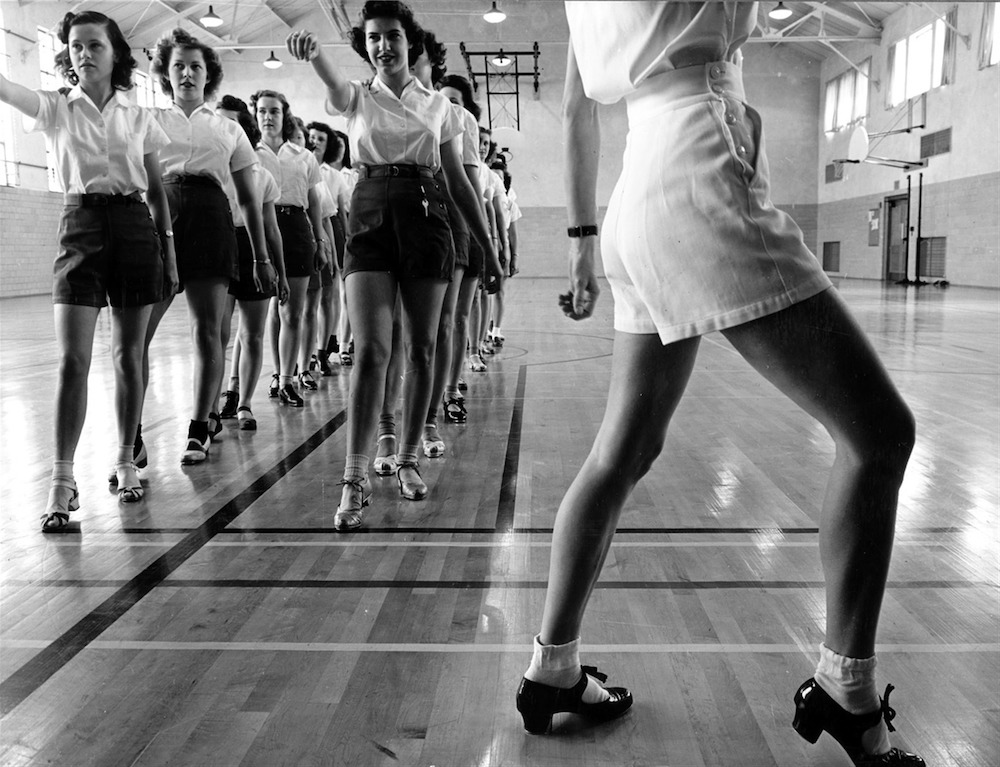Presented with the support of wellness sponsor Pivot Dancer.
As studios across the country reopen,we can hear them yelling from the rooftops, “The dancers are coming, the dancers are coming!” Well, that’s our sentiment, at least. Many dancers are returning to the studio following a 12 to 18-month hiatus of studio training. Dance at home was a great option during the lockdown but limited our ability to jump, leap, travel and dance full out.
The studio offers possibilities that pose an increased risk of injury as you return to traditional training; with great space comes great responsibility. During a regular year, 95 per cent of dancers sustain at least one injury. This year, more than ever, it’s essential that dancers take preventive measures to keep that percentage from increasing while they readapt to dancing in the studio.
Factors to consider for a safe return:
• Changes in flooring surfaces. If your feet have been spending more time in street shoes or barefoot than dance shoes, try wearing your dance shoes around the house to break them in again. Transitioning from hard to soft floors or vice versa increases the risk of injury as your muscles adapt to the ground reaction force required for the different surfaces you are on.
• Changes in training volume, duration and intensity. During the pandemic, even the best virtual instructors weren’t going to be able to exactly replicate studio time. Furthermore, many dancers will not have been partnering or training in ensembles; the brain and muscles will be working on overdrive when reconnecting those neural pathways. The general rule of thumb is to increase these three variables by less than 10 per cent per week. For example, if you’ve been training 10-15 hours per week, return at 11-17 hours your first week back and 12-19 your second week, etc. If this gradual progression isn’t possible, the following tips on injury prevention become even more important.
Here are our favourite tricks to decrease your risk of injury:
1. Hydrate and fuel
Drink a minimum of eight cups of water per day (we regret to inform you that coffee or wine isn’t going to cut it). You might need to increase your water intake and add an electrolyte drink as your hours at the studio increase. When choosing your fuel, remember that dancers need carbohydrates and protein to have enough energy to train and build strong muscles.
2. Get a pre-season screen
A lot of change can happen in a body over a year. Schedule an in-person or online dance physio assessment to review health status, identify potential injury risks and implement an individualized plan before returning to the studio. Add strengthening and mobility exercises that target your areas of risk and begin a gradual return-to-jump program in the weeks before you return to the studio. Science has shown that this will help keep you dancing in the studio just as you’re able to get back in there; an ounce of prevention truly is worth its weight in gold.
3. Exercise
Did you know that for every five hours of dance training, you should complete 30 minutes of cardiovascular exercise and 60 minutes of conditioning? Don’t be afraid to try something new that looks different from what you do in the studio. Load your movement; yes, that means lifting weights to build strong, resilient bodies. Cardiovascular exercise will improve your ability to train for longer hours and recover more efficiently.
4. Warm up and cool down
A good warm-up will improve performance and decrease your risk of injury, and it doesn’t need to be long or complicated. The best warm-up is to do movements you will be doing in class but at a lower intensity (yes, that means that deep, prolonged stretching is not a good warm-up). The best cool-down is a chill-out. Taking some time to relax and unwind is the best recovery. Want more? Try a cold bath or shower; science says athletes using cold temperature as a part of their recovery experience less soreness and reduced fatigue post-training.
5. Sleep
Aim to get at least eight hours of restful sleep per night. Develop a 30-minute bedtime ritual to signal to your body that it’s time to get some rest. We recommend a skincare routine, mindfulness and breathing exercises, reading and really anything that makes you feel calm. The only hard no is screen time (blue light suppresses melatonin, so save the scrolling for the day). You can also add a 30-minute nap in the afternoon to increase your overall rest.
This article was originally published in the Fall 2021 issue.
Tagged:




